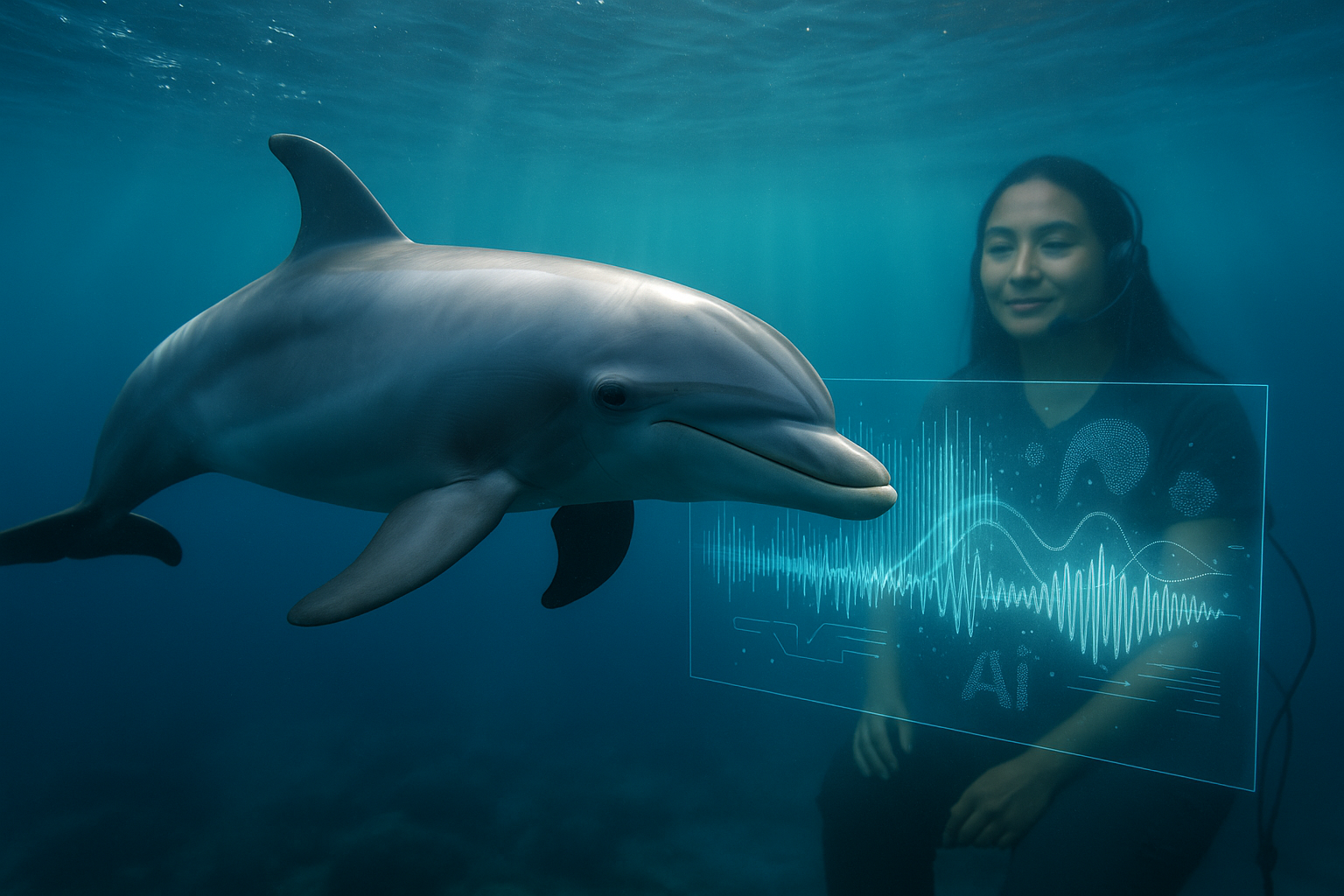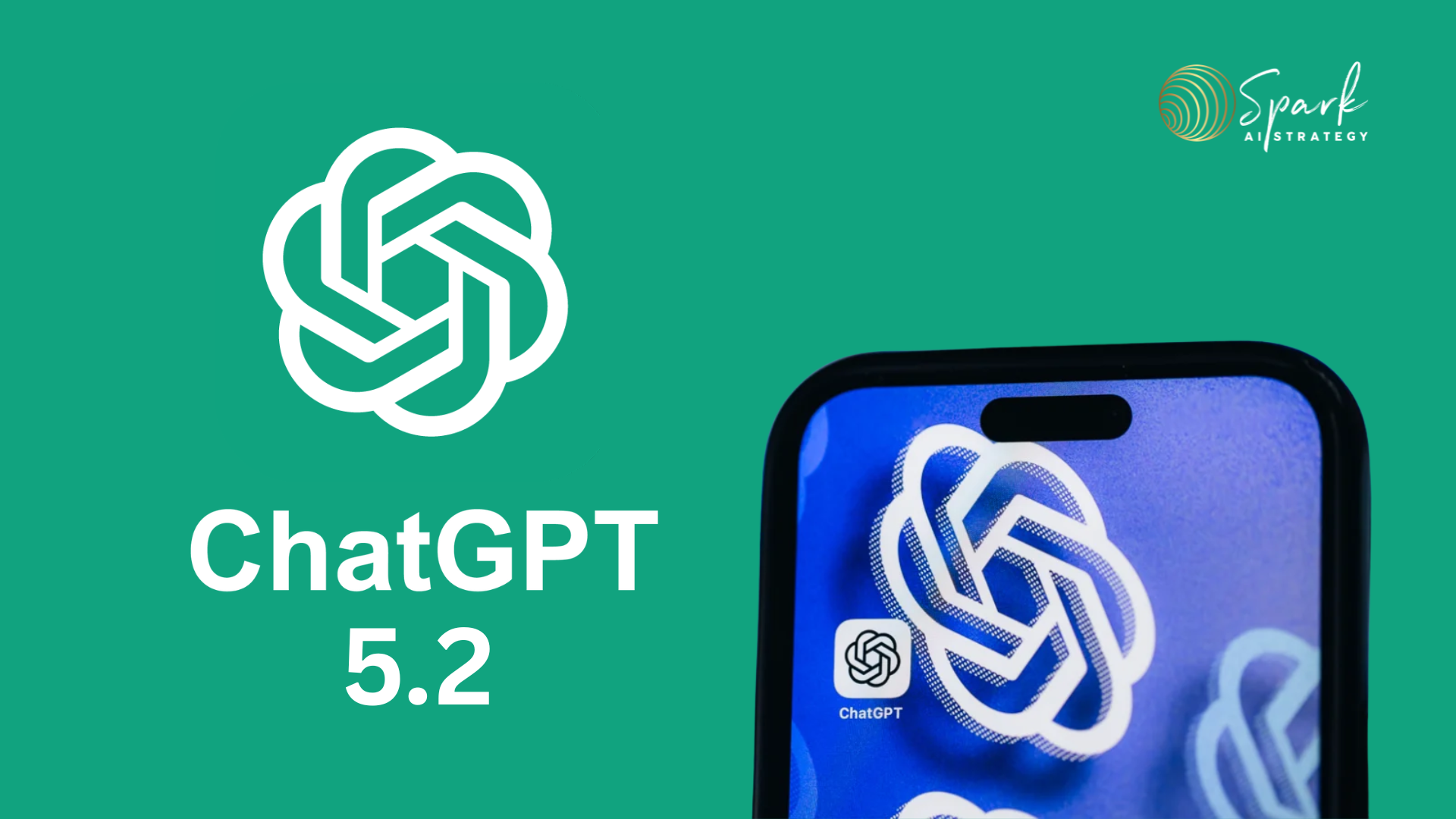
The Dolphin Whisperers: AI’s Breakthrough in Interspecies Communication and Its Ethical Frontier
We are witnessing a truly revolutionary moment, one that pushes the boundaries of artificial intelligence, communication, and our very understanding of intelligence beyond the human sphere. This era marks the dawn of interspecies dialogue, a groundbreaking frontier being advanced by initiatives like the Coller Dolittle Challenge. This is not merely a scientific pursuit; it’s a profound ethical and philosophical journey that forces us to re-evaluate our place in the natural world.
The Whisper of a Breakthrough: Dolphins Lead the Way
Inspired by the beloved fictional character Dr. Dolittle, the Coller Dolittle Challenge recently awarded its inaugural $100,000 prize to a U.S. team for their extraordinary work decoding bottlenose dolphin communication. This team has identified approximately 20 distinct dolphin whistles, representing a monumental leap toward enabling two-way communication between humans and animals. This achievement is far more than a scientific curiosity; it highlights the immense potential of AI in unraveling complex biological communication.
For those engaged in AI strategy, this development underscores the critical roles of advanced AI capabilities:
- Advanced Large Language Models (LLMs): While traditionally focused on human language, the fundamental principles of LLMs – advanced pattern recognition, contextual understanding, and generating coherent responses – are directly applicable to analyzing and interpreting animal vocalizations. Imagine LLMs learning the “grammar” and “vocabulary” of a dolphin’s complex click and whistle patterns.
- Custom API Solutions: Tailored Application Programming Interfaces will be crucial for seamlessly integrating vast bioacoustic data with sophisticated AI models. This allows for real-time analysis, the identification of subtle nuances in animal communication, and, eventually, the ability to generate synthetic communication responses that are understandable to the animals.
- Noteworthy AI Tools for Bioacoustics: The continued advancement of specialized AI tools capable of processing immense amounts of auditory data, identifying subtle variations in frequency and rhythm, and learning complex communicative structures will be central to this groundbreaking research. These tools go beyond simple sound recognition to contextual understanding of animal “speech.”
Philanthropist Jeremy Coller’s vision extends significantly beyond mere scientific pursuit, offering a grand prize of $10 million in equity or $500,000 cash for the team that achieves truly meaningful interspecies dialogue. This substantial investment clearly emphasizes the profound impact such a breakthrough would have on our global understanding and interactions, highlighting a serious commitment from the business sector to push this frontier.
Beyond the “How”: The “Why” and the “What Now?”
While the technological “how” is undeniably fascinating, the Coller Dolittle Challenge compels us to confront deeper ethical and philosophical questions. This initiative is not merely a technological feat; it forces a fundamental re-evaluation of our ethical responsibilities toward other species:
- Animal Rights Reimagined: If humanity gains the ability to genuinely communicate with animals, understanding their needs, desires, and even their suffering directly, how does this fundamentally reshape our responsibilities and the very concept of animal rights? Would it necessitate a redefinition of legal standing for certain species?
- Conservation with a Voice: Imagine the transformative potential of conversing directly with endangered species about their habitat needs, the threats they face, or their migration patterns. Such dialogue could revolutionize conservation efforts, moving beyond observation to direct, collaborative solutions, potentially averting ecological disasters. What critical insights could we gain that we’re currently missing?
- Our Moral Compass and Place in Nature: As technology brings us closer to understanding animal languages, society must grapple with the profound implications for our place within the natural world. What does true interspecies dialogue mean for our moral obligations to non-human life? Does it deepen our stewardship or expose uncomfortable truths about past interactions?
These profound considerations highlight why ethical AI strategy is paramount. As these capabilities evolve, robust frameworks must be developed to ensure responsible implementation, prevent potential exploitation, and prioritize the welfare of the animals whose voices we are learning to hear. Spark AI Strategy emphasizes the importance of building AI responsibly, recognizing that groundbreaking capabilities bring equally significant ethical duties.
Sparking the Conversation
The Coller Dolittle Challenge is more than a competition; it serves as a powerful catalyst for a global conversation about our shared future on this planet. It invites us to transcend a human-centric perspective and to deeply consider the rich, complex lives of other species. This frontier demands not just technological brilliance but profound ethical reflection.
What are your thoughts on the unfolding future of interspecies communication? How do you believe AI should ethically navigate this new and transformative frontier? Share your perspective in the comments below!
Bibliography
- Janik, V. M. (2014). Cetacean vocal learning and communication. Current Opinion in Neurobiology, 28, 111-118.
- Herman, L. M., & Tavolga, W. N. (Eds.). (2012). Dolphin Cognition and Behavior: A Comparative Approach. Lawrence Erlbaum Associates. (Classic work covering dolphin communication)
- Searby, A., & Fletcher, J. (2016). Acoustic communication in animals. Current Opinion in Behavioral Sciences, 12, 1-7.
- [Conceptual Example] Coller Dolittle Challenge Website/Press Releases. (Most recent relevant date). Details on the inaugural prize and future goals. (This would be a primary source for the competition details)
- [Conceptual Example] Research from institutions like the Dolphin Communication Project, Woods Hole Oceanographic Institution, and various university marine biology departments on dolphin communication.
- [Conceptual Example] Academic articles on the application of neural networks, deep learning, and natural language processing (NLP) to non-human vocalizations in journals such as Scientific Reports or PLOS ONE.
- [Conceptual Example] Research papers discussing the use of machine learning in bioacoustics for species identification and behavior analysis, from publishers like IEEE or ACM.
- [Conceptual Example] Ethical analyses and philosophical discussions on animal ethics, sentience, and welfare in the age of advanced technology, found in journals like Animal Welfare or Journal of Agricultural and Environmental Ethics.
- [Conceptual Example] Reports or articles from the Coller Animal Welfare Trust detailing Jeremy Coller’s philanthropic work and the motivations behind the challenge.




